As promised in my previous analogue articles, “Analogue Photography – A Personal Journey Part 1 and Part 2”, I’ve started shooting with film again and will be sharing the results from each roll in this series. You can see this article as a YouTube video here
The pictures you see in this article all come from a single roll of Tri-X, shot at ISO 400 and developed and scanned by bildskanning.com in Sweden.
For the first instalment, I wanted to begin with one of the oldest and most classic black-and-white films available: Kodak Tri-X. It’s a cornerstone of analogue photography, used for generations by renowned photographers. Tri-X first appeared in the 1940s as a sheet film rated at ASA 200, and since 1954 it has been available in 35mm and 120 roll formats at ISO 400.
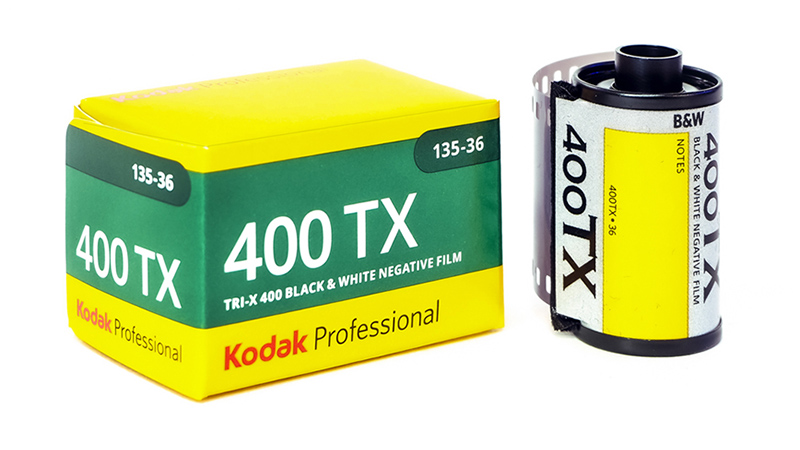
Almost everyone who has shot film knows—or at least knows of—this stock. It has long been the go-to choice for street photographers and photojournalists, especially in the US. Its distinct “Tri-X look” is synonymous with classic documentary and street photography.
For this roll, I chose two subjects that fit that tradition: a nostalgic car race and exhibition, and street scenes at a suburban shopping centre.
The Nostalgic Motor Race
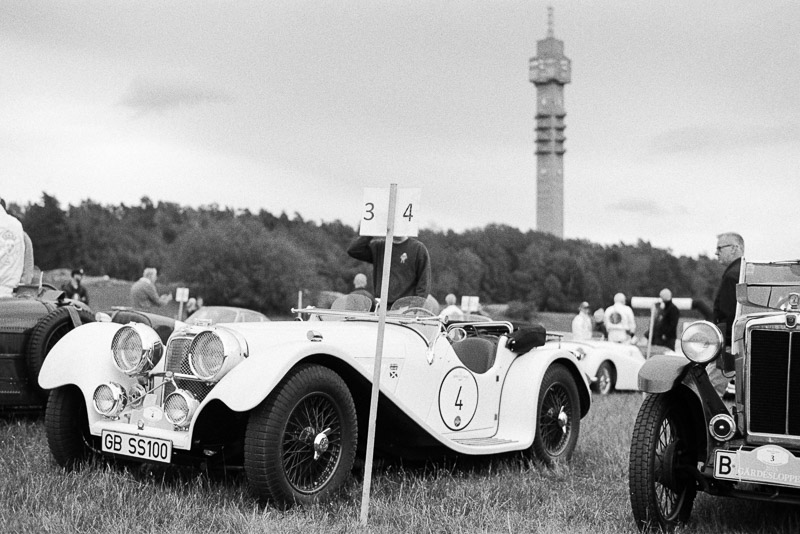
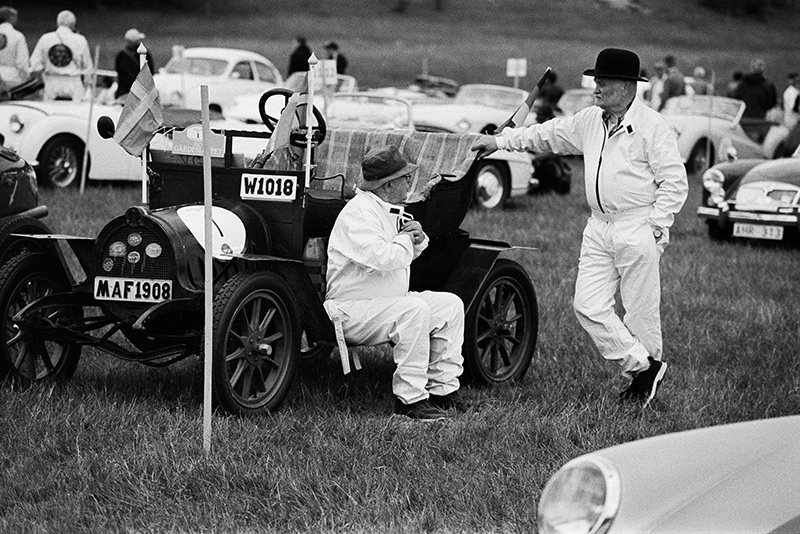
What began in the 1920s as an exclusive speed race has grown into one of Sweden’s most beloved motor events. Today, Gärdesloppet draws tens of thousands of visitors who come for the roar of classic engines, gleaming vintage cars, and the mix of racing nostalgia with a festive, family-friendly vibe. It’s a place where history is alive—not in a museum, but out in the open, running on four wheels.
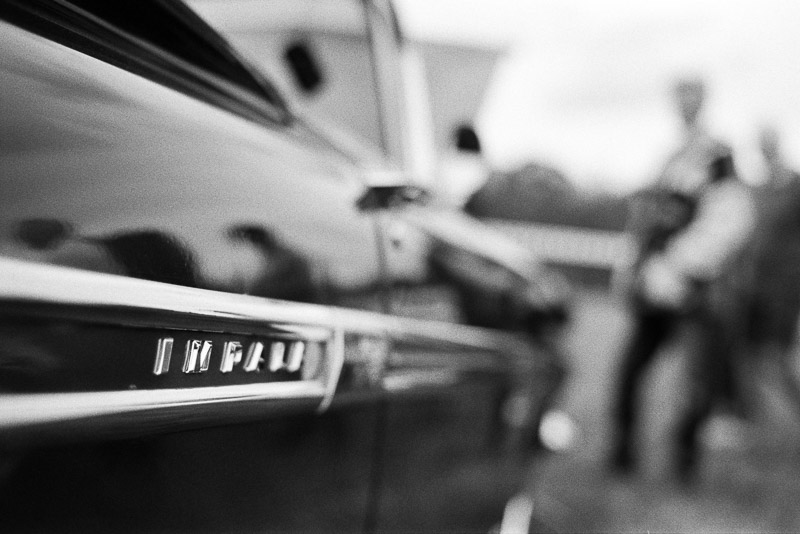
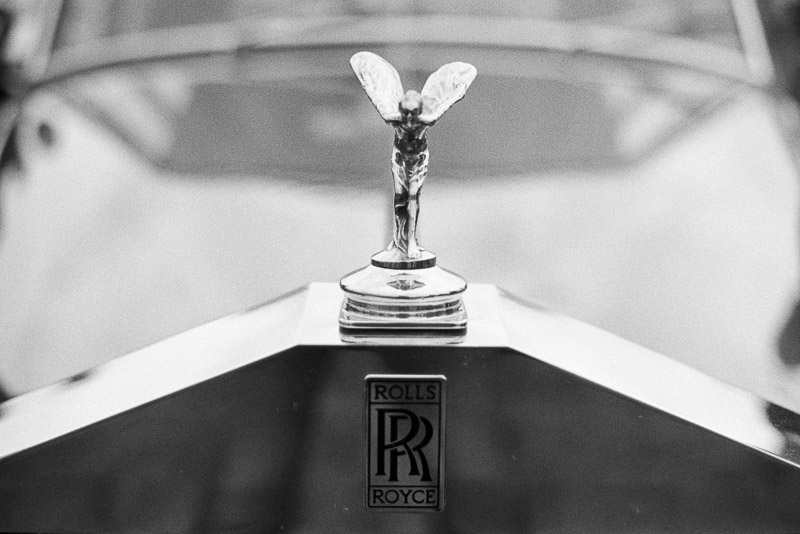
The atmosphere was a gift for Tri-X. Its grain and contrast carried the metallic shine of polished chrome just as well as the grit of worn tires.
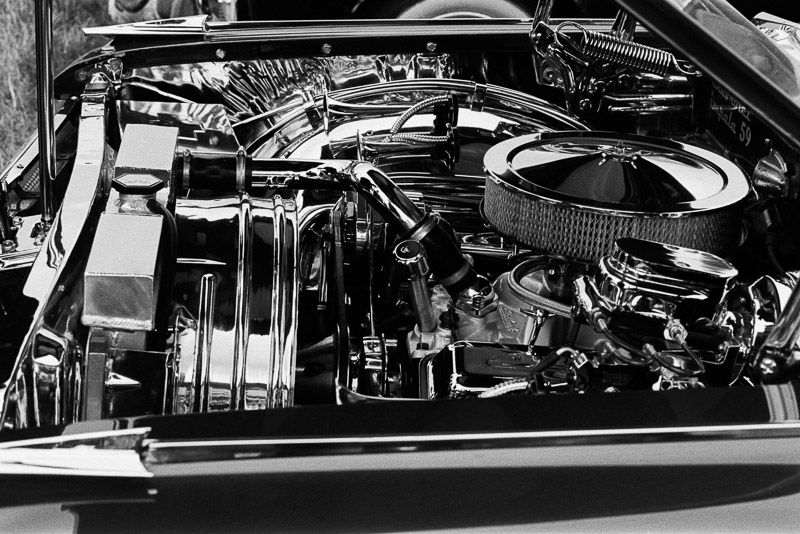
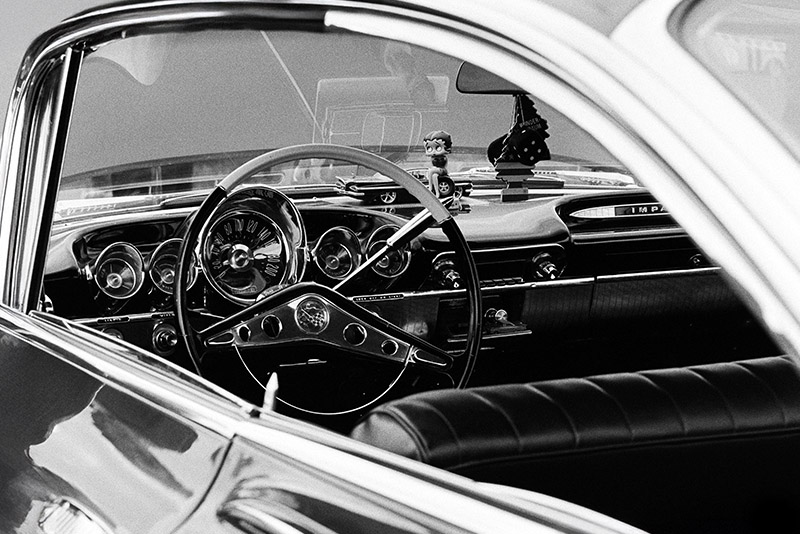
The main competitive part of the event is Prins Bertil Memorial. It’s not a speed race but a “regularity race” (rally).
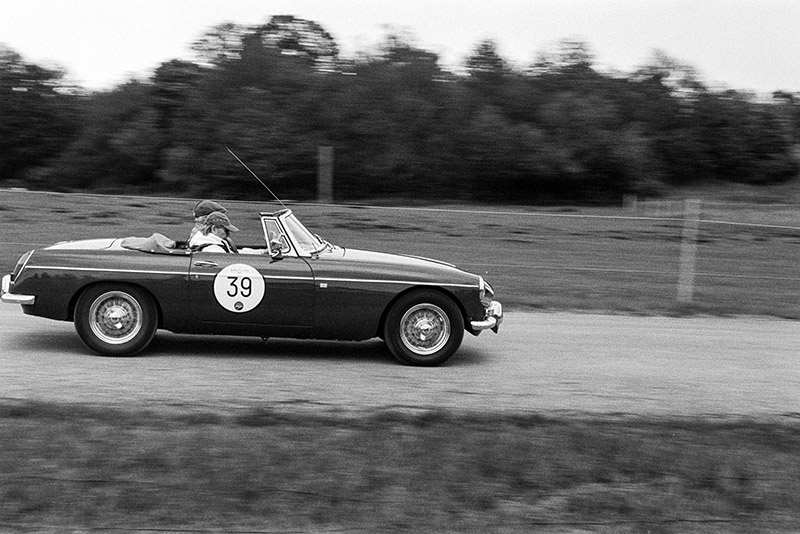
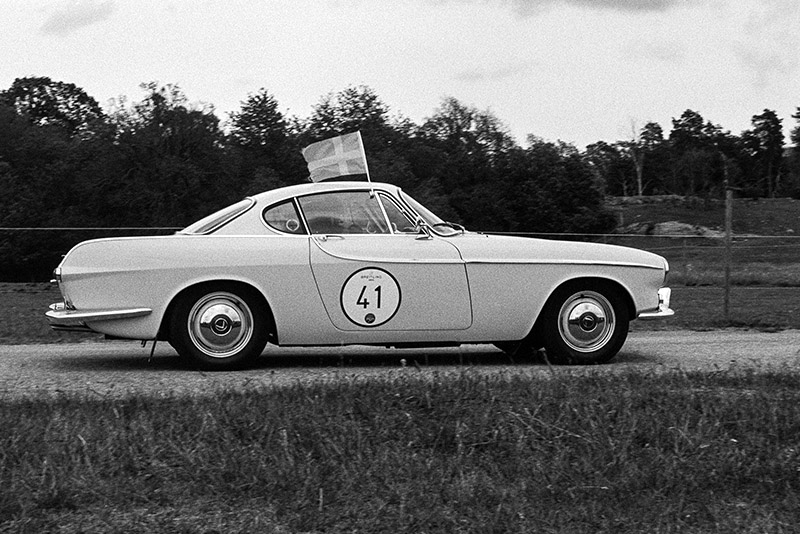
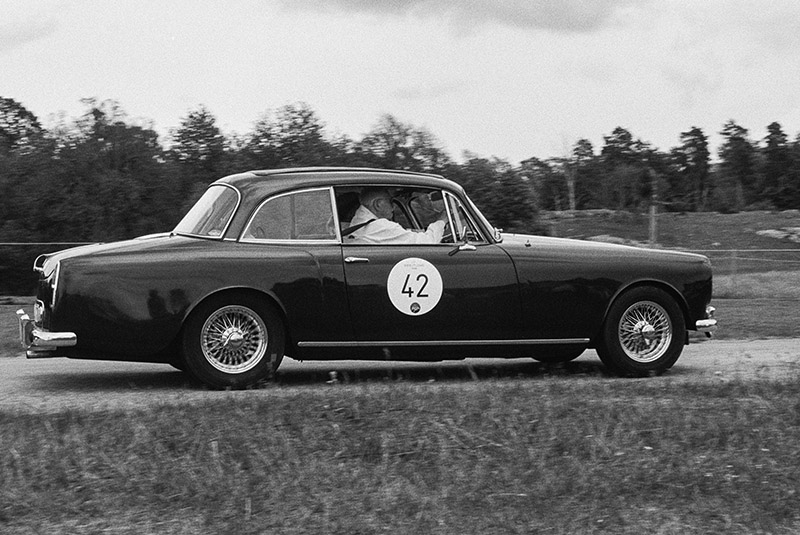
I found myself moving between the cars and the people—because the event isn’t just about machines, it’s about the joy they bring.
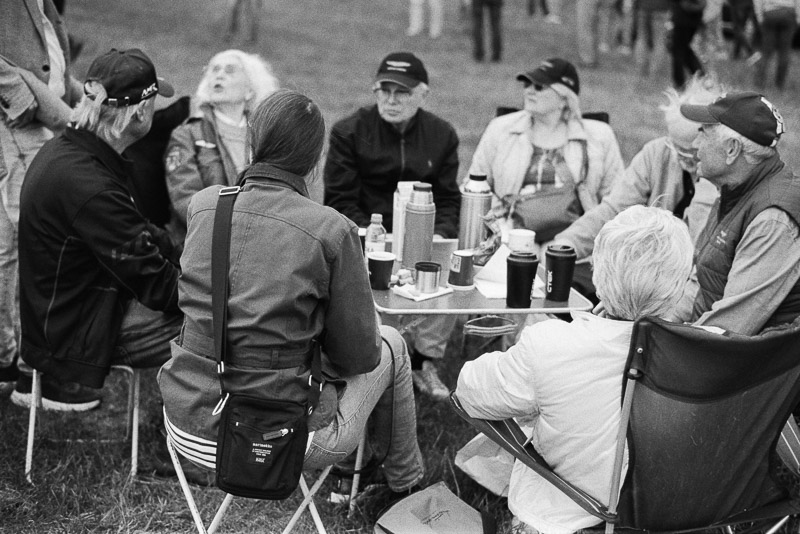
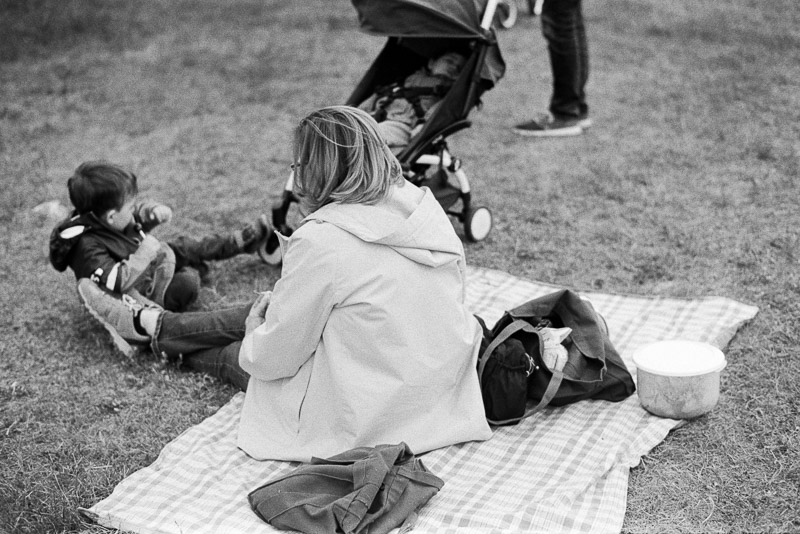
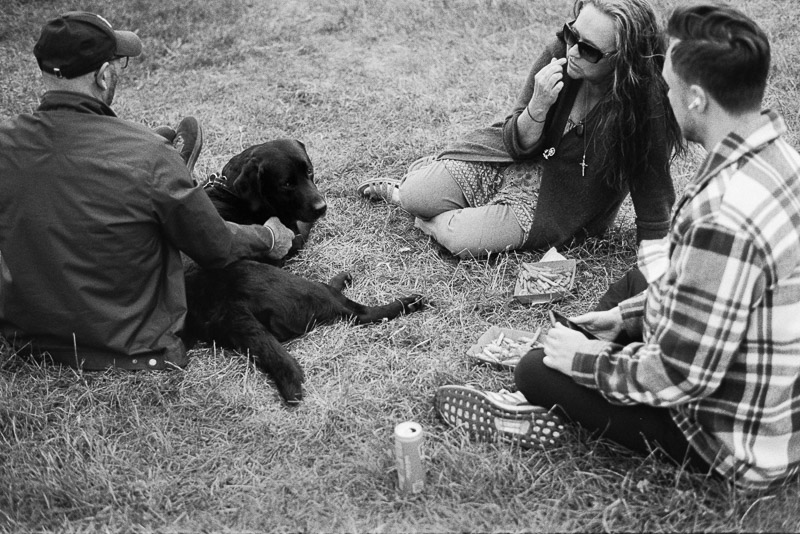
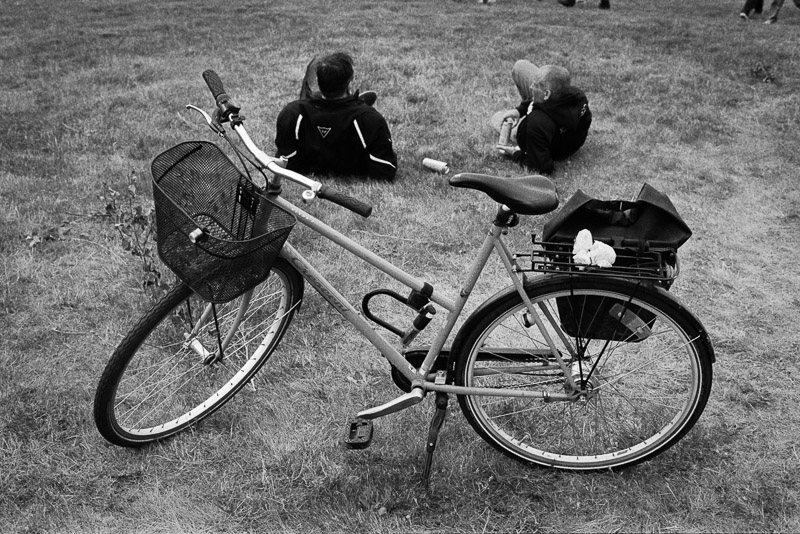
The Gärdesloppet features exhibitions of classic vehicles, food trucks, and other entertainment. There’s often a soapbox derby for children, providing an opportunity for the younger generation to get involved.
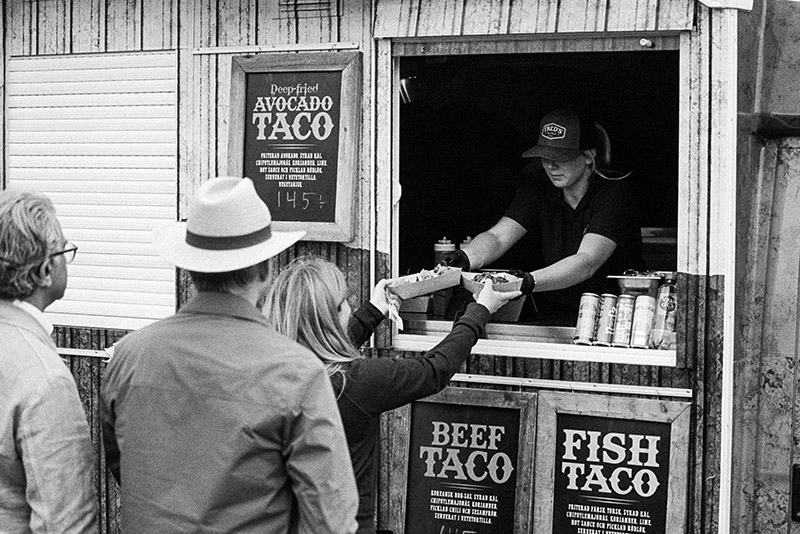
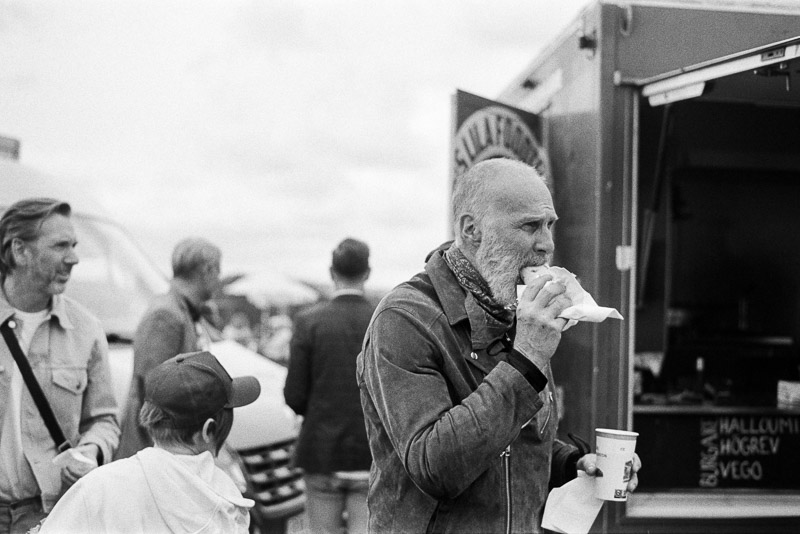
Walking through the exhibition, it was easy to see why this event has such a strong pull. Tri-X, with its bold contrast and timeless grain, seemed made for capturing that energy.
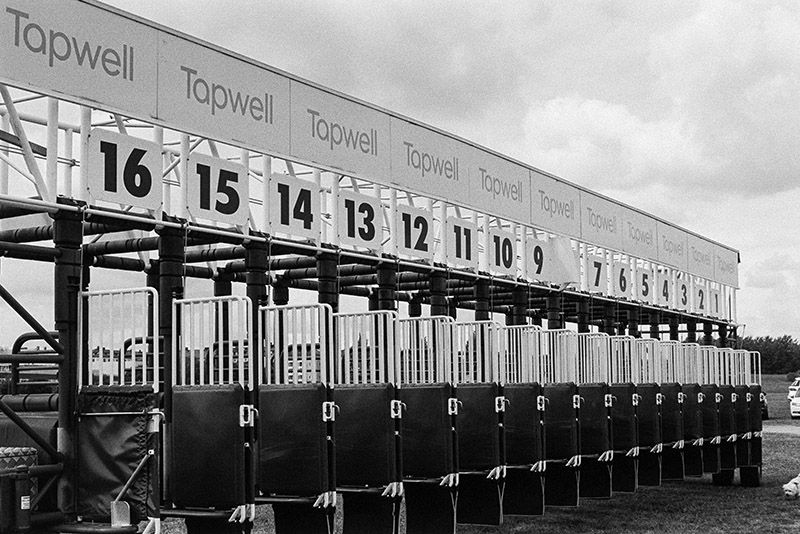
The Shopping Centre
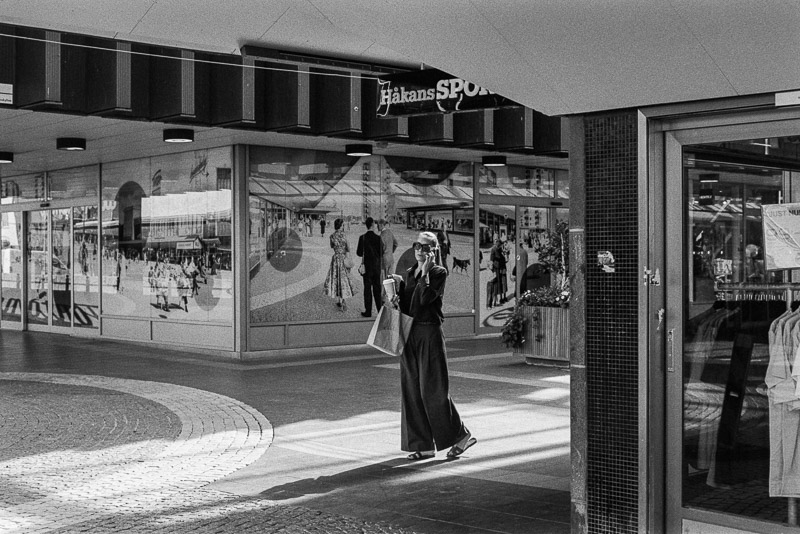
Later, I shifted scenes completely—from roaring engines to the hum of daily life at a suburban shopping centre. Here, the pace was different, but just as compelling.
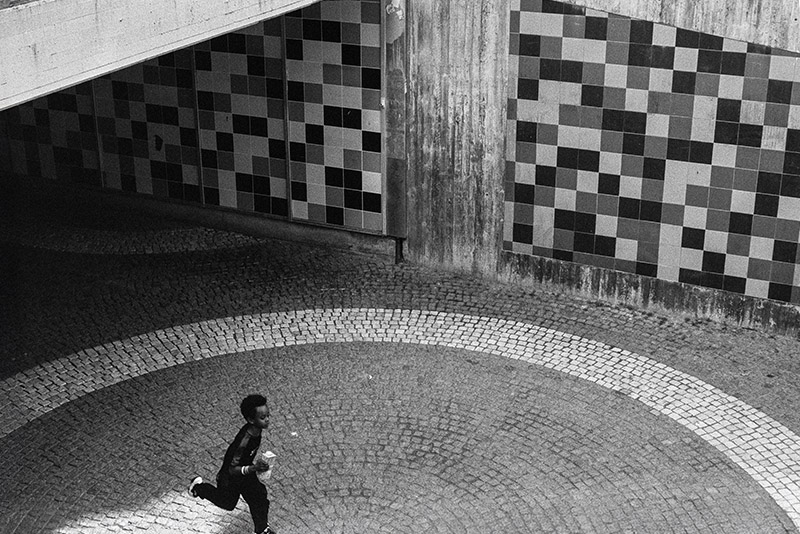
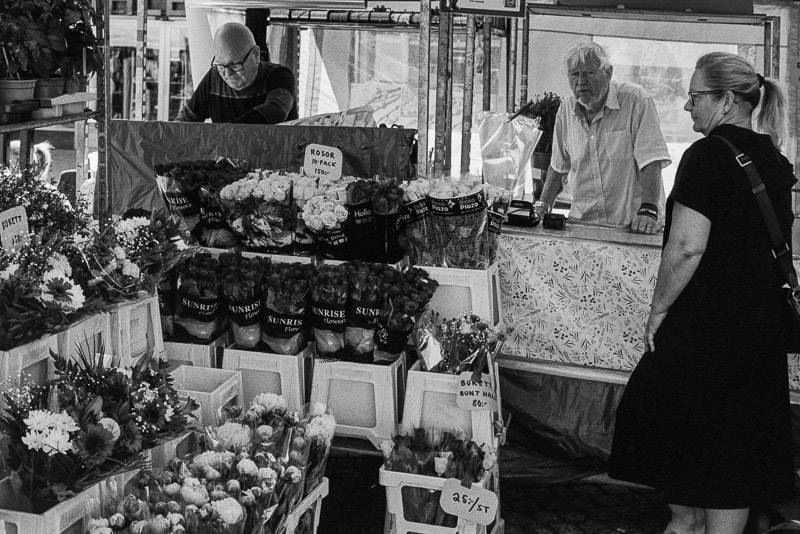
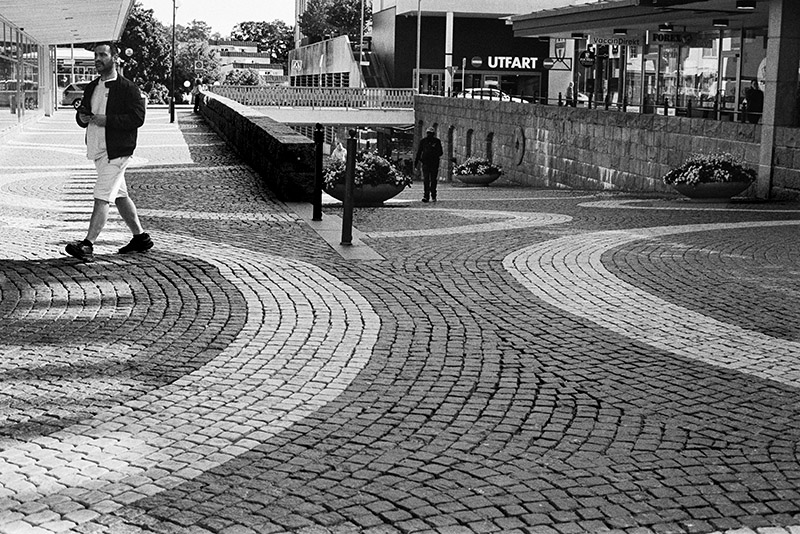
Tri-X thrives on contrast and texture, and I found it in storefront reflections, silhouettes, and the quick expressions of passersby. Everyday moments turned cinematic through the lens.
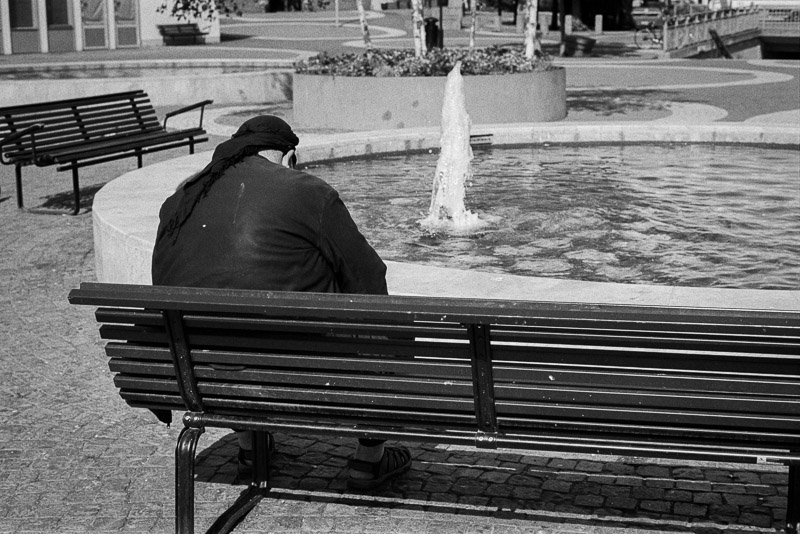
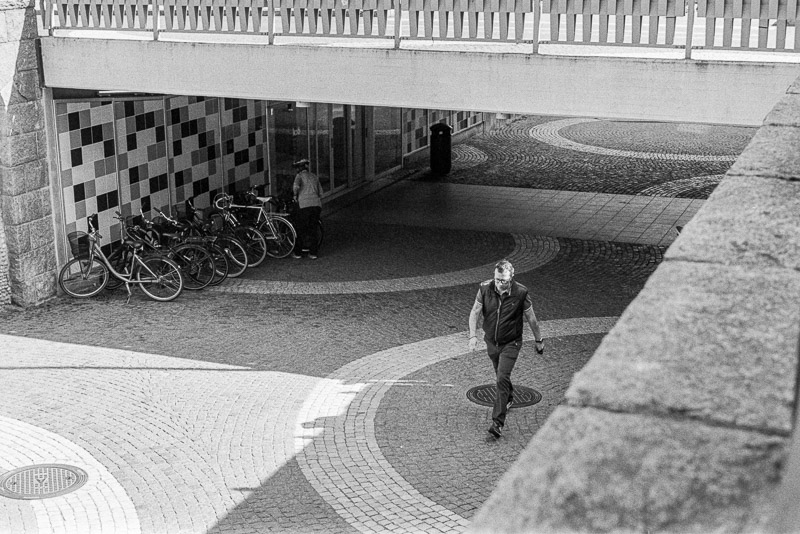
This roll reminded me why Tri-X has such a legendary status. It doesn’t just record what’s in front of you—it shapes it, giving weight and mood to the ordinary and the extraordinary alike.
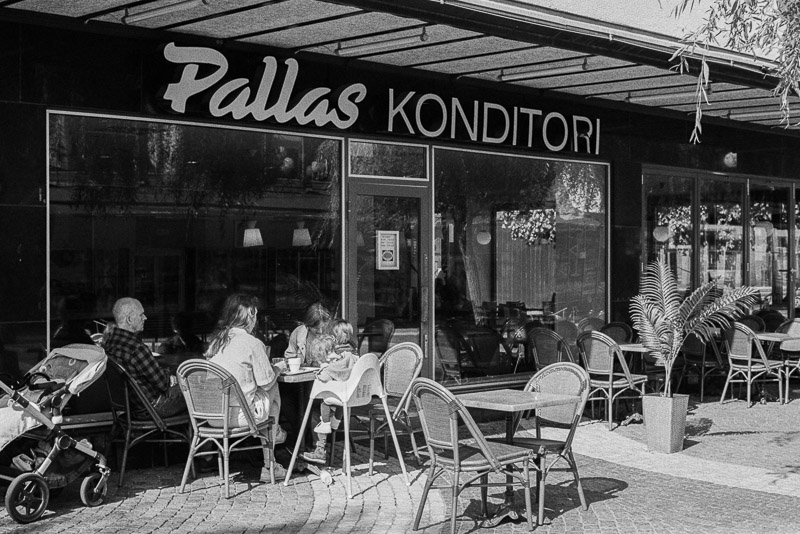

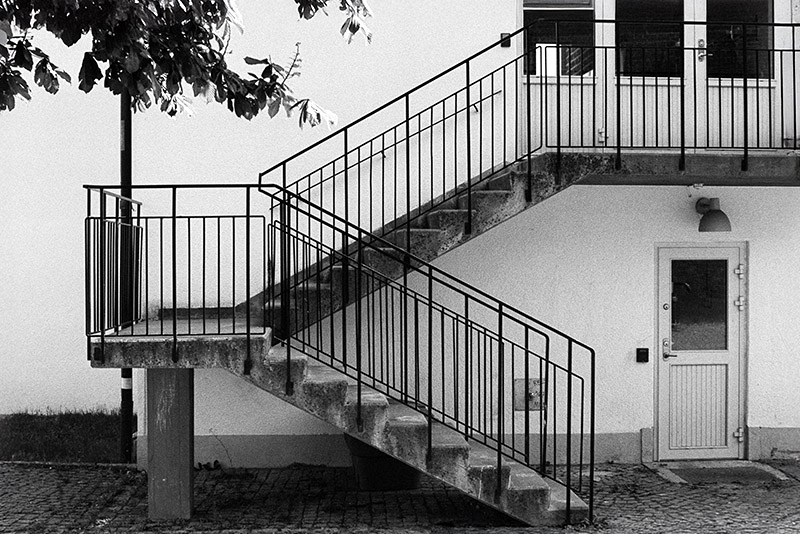
Whether at a historic car race or in the flow of suburban life, Tri-X pulls it all together with that timeless, documentary feel.
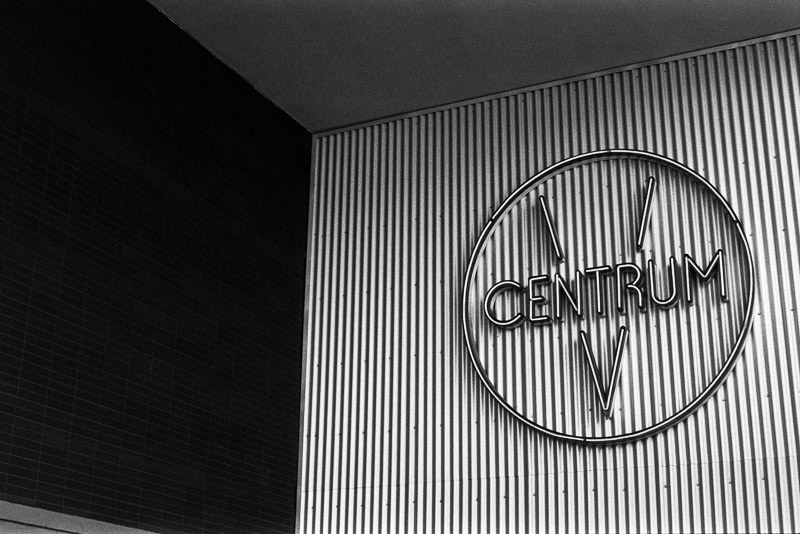
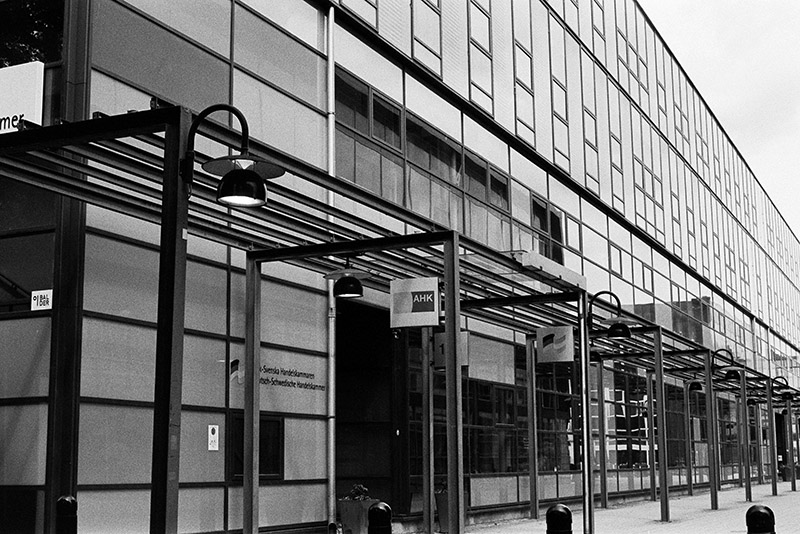
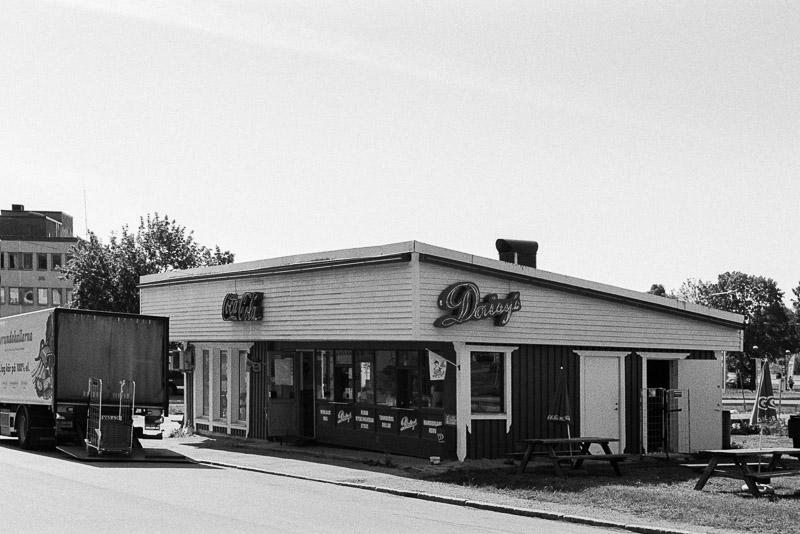
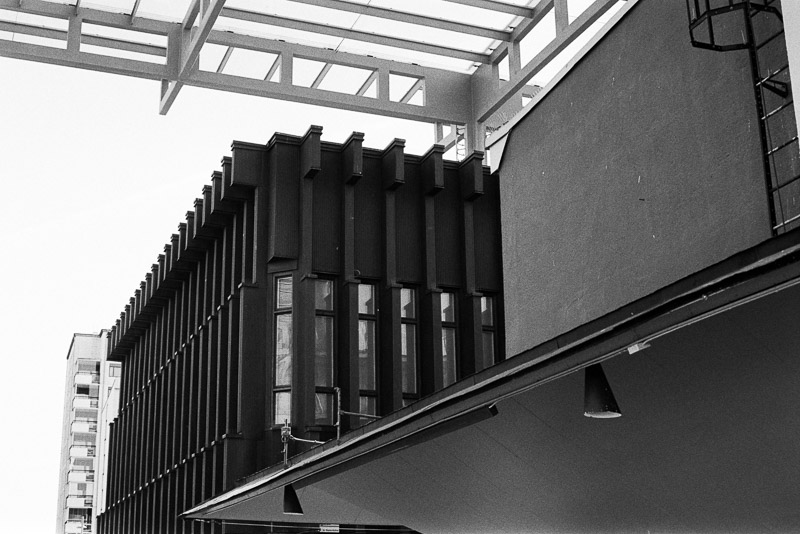

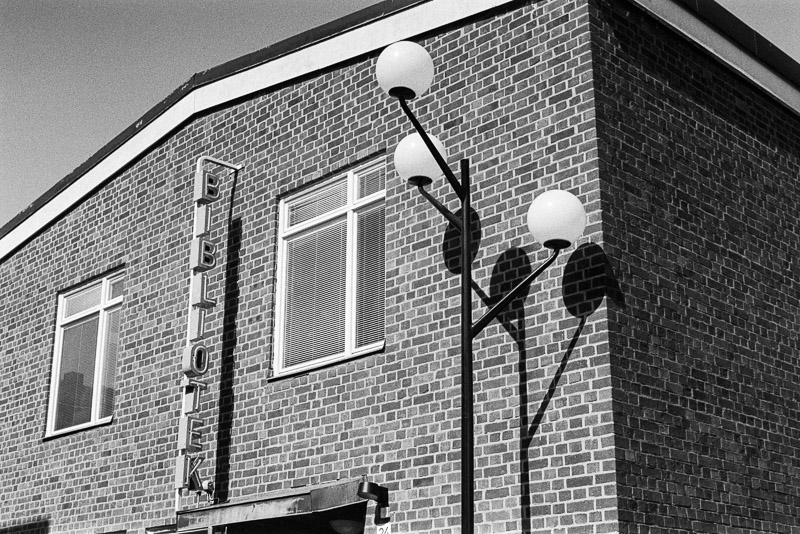
All the good things about Tri-X said, I have to admit I’ve always been of two minds about this film. I like the look, and I know many photographers love it — and yes, I’ll probably catch some grief from the fans for saying this — but sometimes I find the grain a little too bold and sometimes too contrasty for my taste. For war photography, catastrophes, crime scenes, and misery, and like, it is unbeatable. Perhaps it’s because this film has been used by photojournalists around the world for decades in such contexts, and that association lingers in my mind. For day-to-day photography, happy events, or lighter documentary work, I personally prefer other black-and-white films. More on that in upcoming articles.
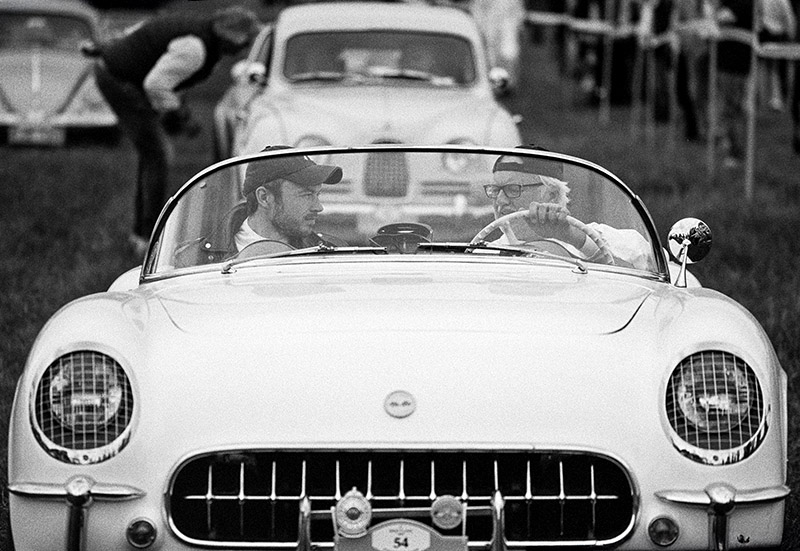
For a less contrasty look with smoother grain and a wider tonal range, there’s a well-known trick: expose the film at ISO 200 and cut your development time by 20–30%. However, this also raises the question: if you’re pulling the film to get a lower speed and finer grain, why not just use a slower film in the first place? The advantage of Tri-X is its versatility. But for this roll, I just followed the standard ISO and development recommendations to show you the results.
As it turns out, the lab had developed the roll in Rodinal 1+25. While Rodinal is a capable and versatile developer, and a favorite of many photographers, a 1+25 dilution wouldn’t be my first choice for this film. That mix tends to produce higher contrast and coarser grain, which explains the look of these frames. A weaker dilution, such as 1+50—or even 1+100— or D-76 1+1 dilution would likely have delivered a broader tonal range with finer grain.
The pictures you see in this article all come from a single roll of Tri-X, shot at ISO 400 and developed and scanned by bildskanning.com in Sweden.
Follow me on Youtube, our blog site, or Instagram!
Share this post:
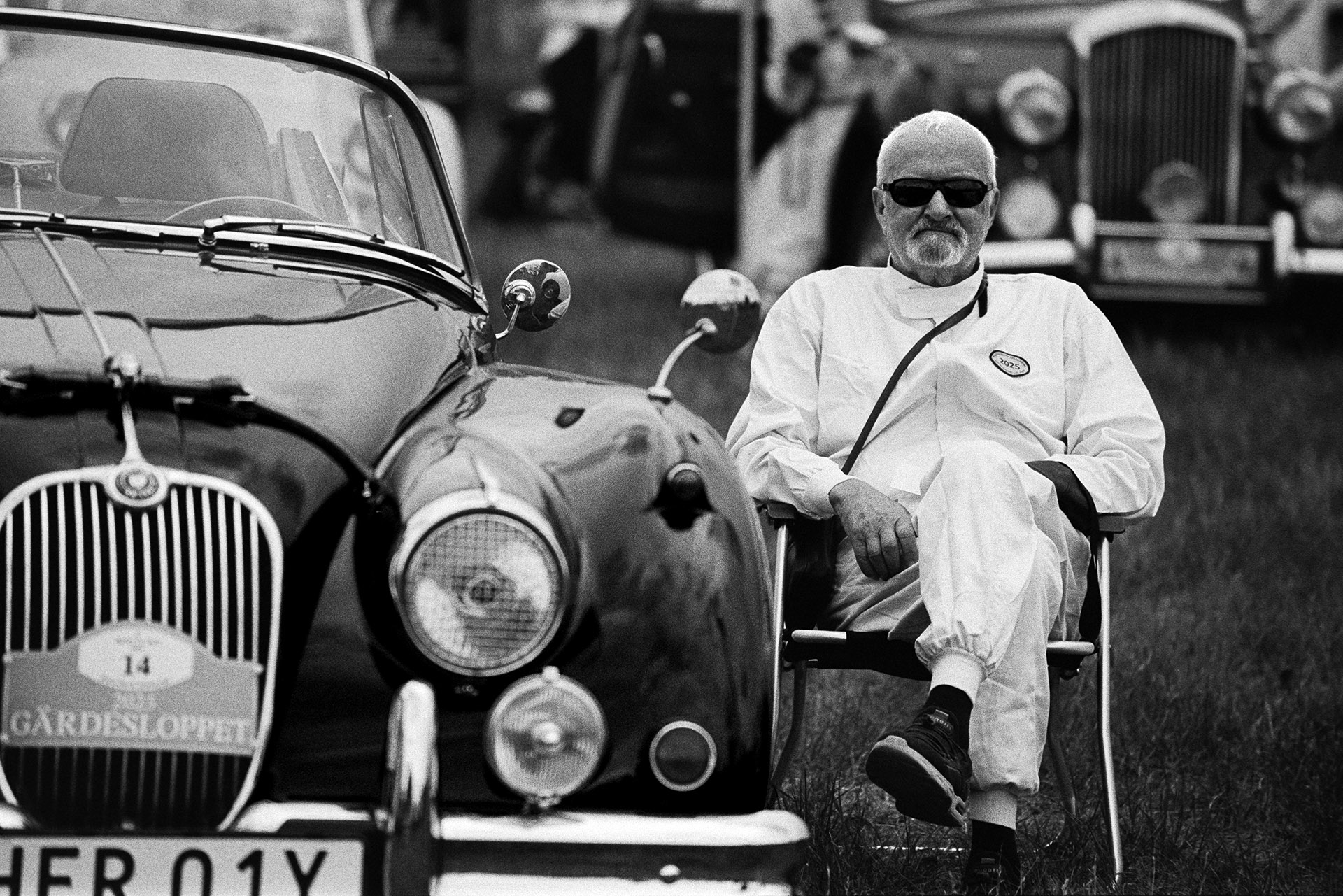

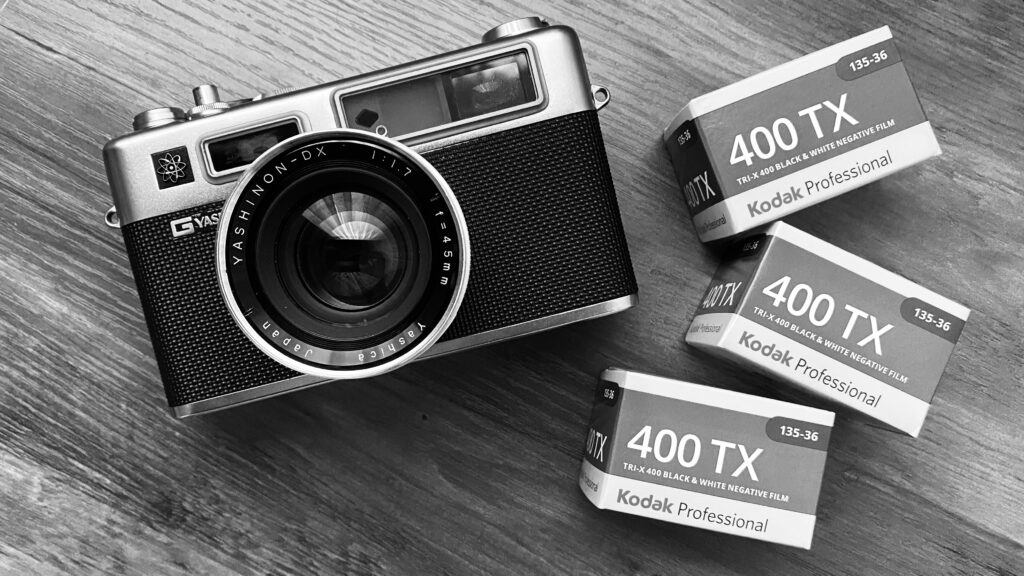
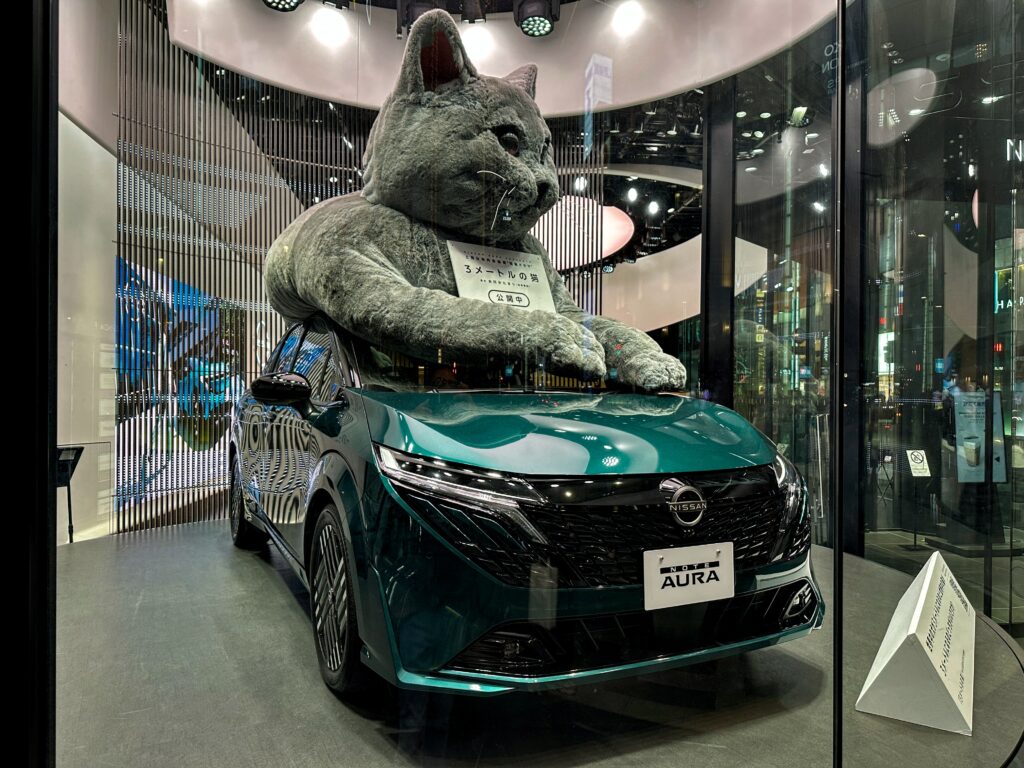
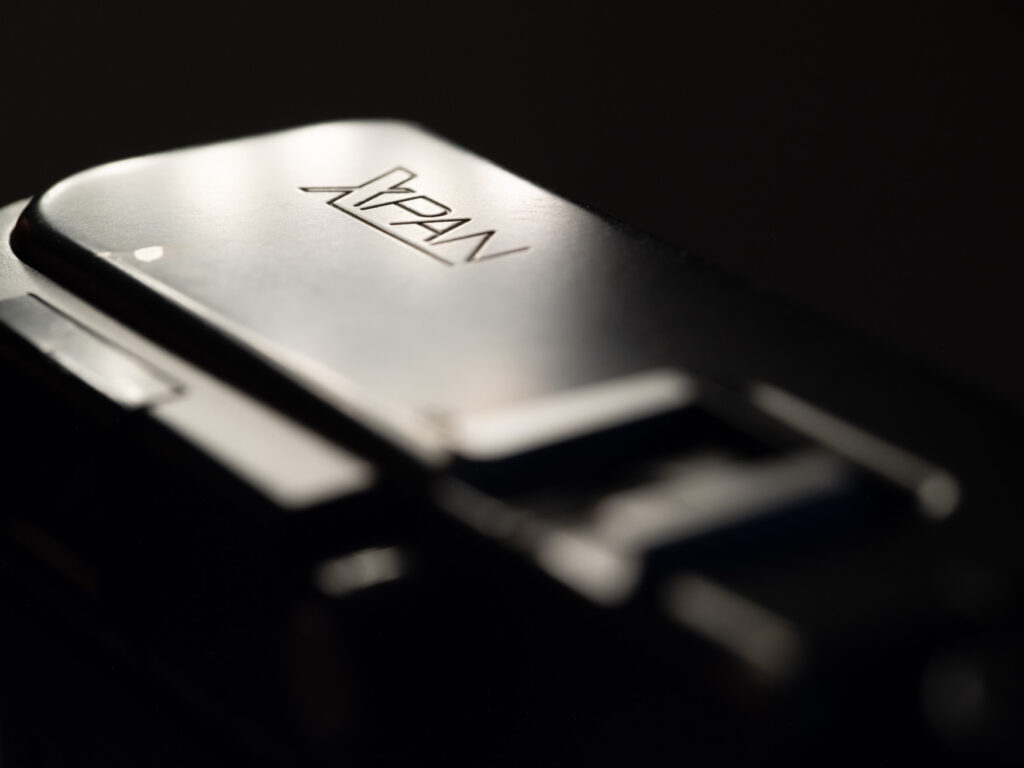

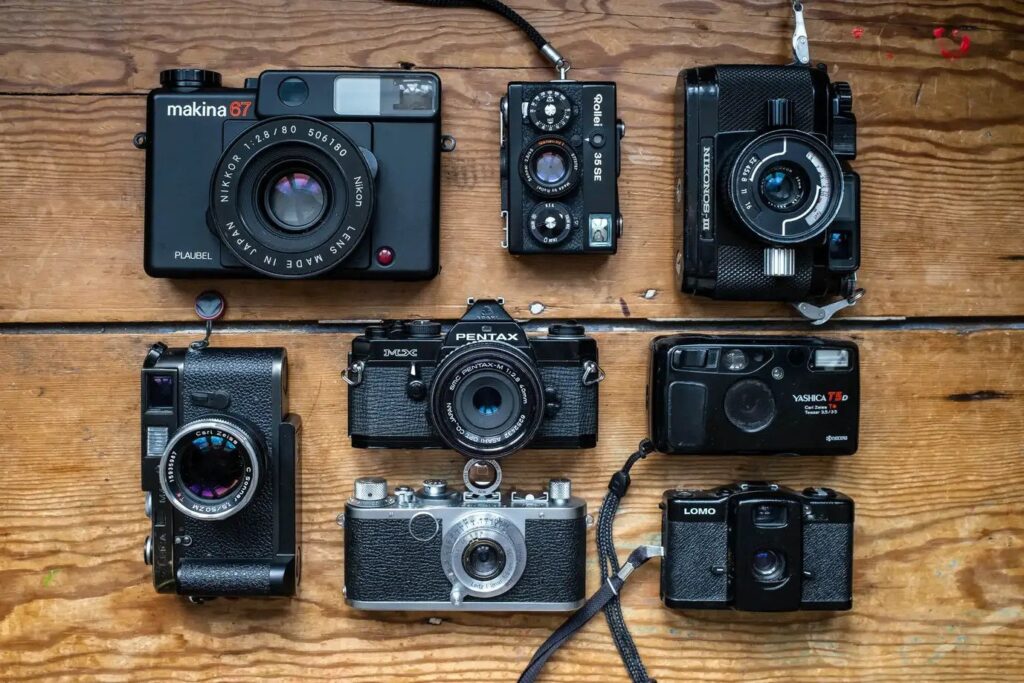
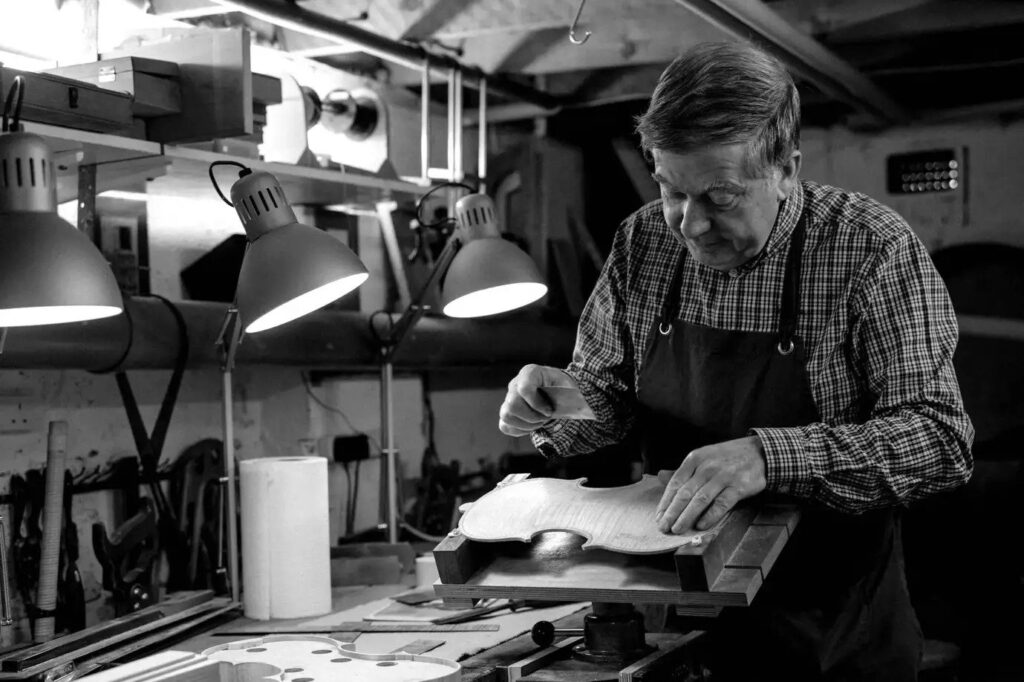
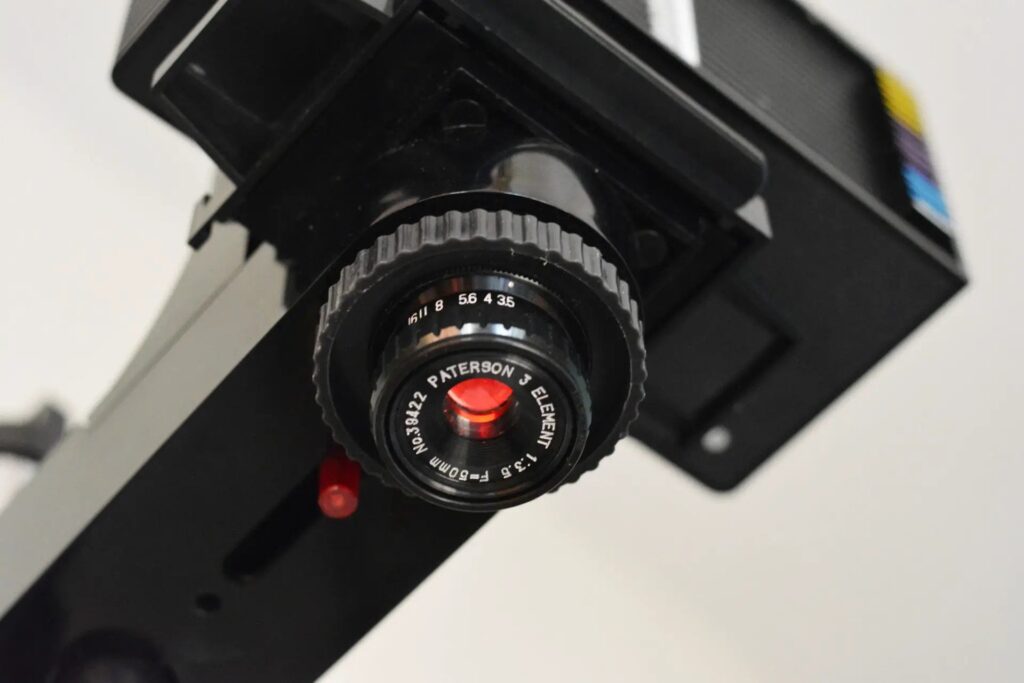
Comments
Bob Janes on A Nostalgic Race and a Suburban Shopping Centre with Kodak Tri-X
Comment posted: 29/10/2025
I find one of the lovely things about vintage car events is that, as well as the interesting shapes and shiny cars, the people there, tend to be more interested in the cars than in someone taking pictures, so they are (generally) gloriously unselfconscious.
I know you were concentrating on the film, but I'm intrigued as to what camera/lens/lenses you used.
Comment posted: 29/10/2025
Charles Young on A Nostalgic Race and a Suburban Shopping Centre with Kodak Tri-X
Comment posted: 29/10/2025
Charles Young on A Nostalgic Race and a Suburban Shopping Centre with Kodak Tri-X
Comment posted: 29/10/2025
Comment posted: 29/10/2025
Michael Jardine on A Nostalgic Race and a Suburban Shopping Centre with Kodak Tri-X
Comment posted: 29/10/2025
These photos are delicious- even before the trip to the Konditori... and I also think you've captured the visual harmony (to my eye at least) afforded by the 'ordinary stuff' of Scandinavian modernist building. Interesting that you're using a relatively sophisticated camera- which I guess makes it easier to get the wonderful frame of the engine bay of what looks like an American saloon car from the '50s/60s that has been detailed immaculately ("abundance of shining details")... those kinds of shots are much harder to meter for with a simple centre-weighted TTL meter like the ones on my Pentax MX/ME Super bodies and the Nikon F80 will have applied some clever metering I'm sure.
At the risk of being a terrible pedant, I think the car you've captioned as a Bentley R-Type is actually an Alvis, quite possibly a TD21- actually a more niche and way cooler vehicle than the Bentley. :)
Comment posted: 29/10/2025
Comment posted: 29/10/2025
David Bond on A Nostalgic Race and a Suburban Shopping Centre with Kodak Tri-X
Comment posted: 29/10/2025
Comment posted: 29/10/2025
Walter Reumkens on A Nostalgic Race and a Suburban Shopping Centre with Kodak Tri-X
Comment posted: 29/10/2025
Comment posted: 29/10/2025
Scott Ferguson on A Nostalgic Race and a Suburban Shopping Centre with Kodak Tri-X
Comment posted: 29/10/2025
Terrific post and wonderful photos! I love the way the Tri-X looks in both environments, beautiful contrast and deep blacks. In addition to the very beautiful shots of gorgeous vintage cars, I also love how you manage to catch great moments with people, and usually one key person who is isolated against a very interesting graphic surrounding setting. I sometimes struggle to get shots that foreground/isolate a particular person, but a frame in New York City is likely to be more crowded than a frame in Sweden, I suppose.
Everything looks amazing technically, I had to take a look at your Youtube post to figure out that you were shooting with a Nikon SLR. I think you mention that they were mostly on a Nikon 50mm? Really impressive.
Thank you,
s
Comment posted: 29/10/2025
Comment posted: 29/10/2025
Bradley Newman on A Nostalgic Race and a Suburban Shopping Centre with Kodak Tri-X
Comment posted: 29/10/2025
Comment posted: 29/10/2025
Comment posted: 29/10/2025
Comment posted: 29/10/2025
Gary Smith on A Nostalgic Race and a Suburban Shopping Centre with Kodak Tri-X
Comment posted: 29/10/2025
I also happen to love Tri-X.
Peter Roberts on A Nostalgic Race and a Suburban Shopping Centre with Kodak Tri-X
Comment posted: 29/10/2025
I was impressed by the rich contrast of all the images, just the sort of look I like. Rodinal 1:25, I've only ever used it at 1+50 so I'll definitely trying that stronger brew next time. Thanks for the tip.
Comment posted: 29/10/2025
Alexander Seidler on A Nostalgic Race and a Suburban Shopping Centre with Kodak Tri-X
Comment posted: 30/10/2025
Comment posted: 30/10/2025
Martin on A Nostalgic Race and a Suburban Shopping Centre with Kodak Tri-X
Comment posted: 30/10/2025
Great coverage, thank you and great pics from the shopping place.
Comment posted: 30/10/2025
Comment posted: 30/10/2025
Jeffery Luhn on A Nostalgic Race and a Suburban Shopping Centre with Kodak Tri-X
Comment posted: 01/11/2025
I enjoyed the photos! Classic cars on display are all nice, but to see and hear them in motion is another joy altogether. You did a good job capturing the event. Lots of interesting views. Really good prints, or scans. I liked Tri-X for the long scale it provided with D-76 1:1, but once I tried Ilford HP5 in HC-110, I never went back. Of course, if somebody wants a gritty grain, Tri-X and Rodinal is the top choice. The Kodak films I miss are Panatomic-X and Plus-X. I haven't found anything that compares to Panatomic-X. What are you shooting for fine grain these days?
Jeffery
Comment posted: 01/11/2025